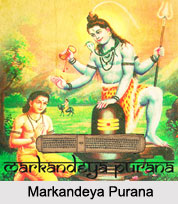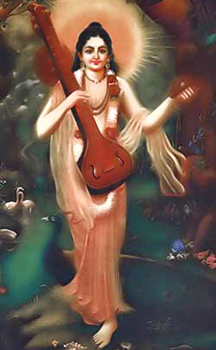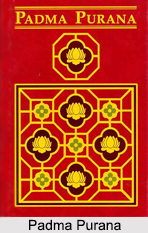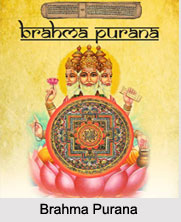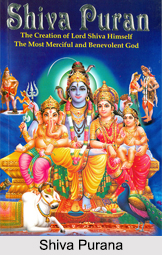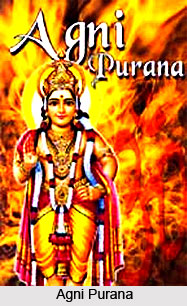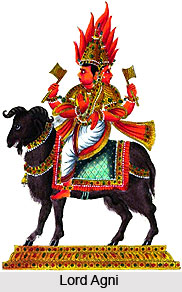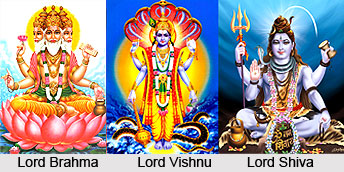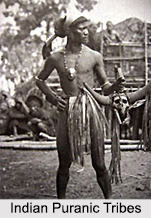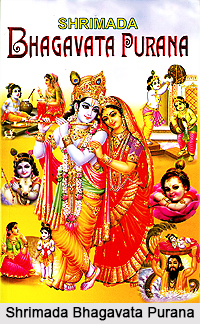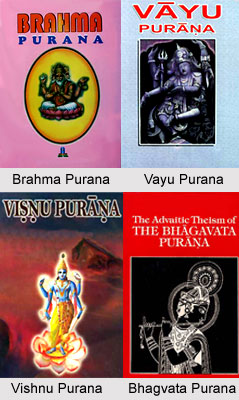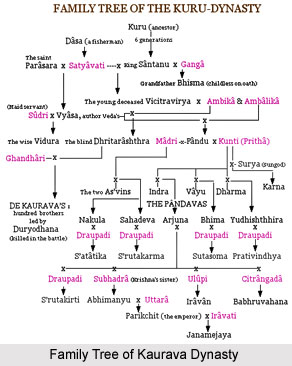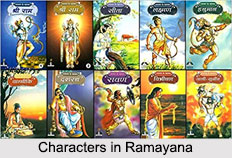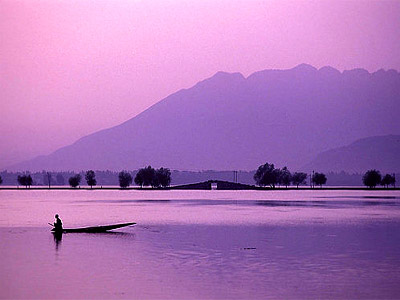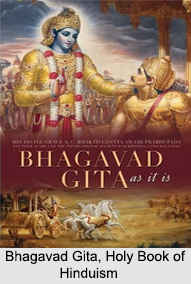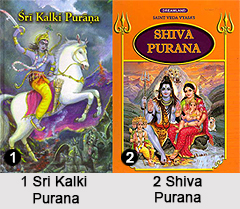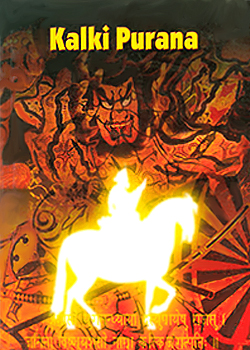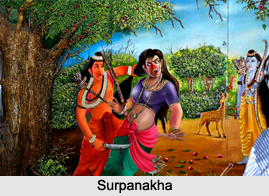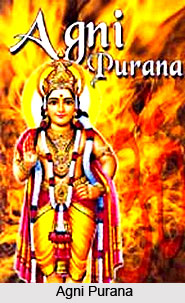 The God of Fire in certain chapters of Agni Purana has described the universe and its components in great detail. The story of the universe as mentioned by Agni is as follows. He had said that King Priyavrata had seven mighty sons and the king had gifted each continent to each of his sons. The seven continents were known by the name Jamvudwipa, Shalmali, Plakha, Kushava, Krouncha, Shaka and Pushkara. In turn the seven sons had divided the countries of each continent among their sons. It has also been said that after dividing the kingdoms among his sons King Priyavrata had renounced his worldly life and had practiced austere penance and ultimately had attained the god Hari.
The God of Fire in certain chapters of Agni Purana has described the universe and its components in great detail. The story of the universe as mentioned by Agni is as follows. He had said that King Priyavrata had seven mighty sons and the king had gifted each continent to each of his sons. The seven continents were known by the name Jamvudwipa, Shalmali, Plakha, Kushava, Krouncha, Shaka and Pushkara. In turn the seven sons had divided the countries of each continent among their sons. It has also been said that after dividing the kingdoms among his sons King Priyavrata had renounced his worldly life and had practiced austere penance and ultimately had attained the god Hari.
It has been said that the countries were filled with joy and felicity. The acts of pious men were rewarded in the countries and the same time there was no fear among people of old age, diseases, torment and any kind of suffering. In fact Lord Agni in his description had said that the regions were lands of perpetual bliss. There was no distinction between the rich and the poor.
The account in Agni Purana says that the son of Rishava was known by the name Bharata and hence the country under him was called Bharatvarsha. Rishava had also given the sovereignty of his kingdom to his son and lived the life of an ascetic. Lord Agni in his description has said that the kings` begot hundreds of sons and each son was a light of the Universe. The progenies of Bharata had filled the country of Bharatvarsha during the cycles of time known as the Satya and the Treta and had afterwards ascended the heaven which came to be known as Shyambhuva.
Lord Agni in his account had mentioned that the seven great islands are named as Jamvu, Plaksa, Shalmali, Kusha, Krouneha, Shaka and Puskara. The islands are girdled by seven seas known as the sea of salt, the sea of cane-sugar, the sea of wine, the sea of clarified butter, the sea of curd, the sea of milk and the sea of water.
In this section of the Purana, Agni has given a detailed geographical account of the countries in and around India. The mountains, the trees that grow on the mountains and the forests that are located in the country of Bharatvarsha have been mentioned in the account with a lot of emphasis.
He has also discussed the several lakes that flow throughout the country. The Lord has said that it is believed that the abode of Lord Brahma is in the Meru Mountain. Gods like Indra also reside in the same place. It was said in the Purana that rivers Shita and Alakananda wash the feet of Lord Vishnu.
Just like Mount Meru it was believed that hills known by the name Trishinga and the Rudhera are abodes of Goddess Lakshmi, Vishnu, Agni and the sun. It is also believed that the souls of mortals who have done works with merit are lodged on the brim of those mountains. And no impious man can visit such a place.
Lord Agni has said that the Hayagriva manifestation of Vishnu is worshipped in the country of Bhadrashva, the Boar manifestation is worshipped in Ketumala, Vishnu is worshipped in the form of tortoise in Bharatvarsha, the fish manifestation in the Kurus and the universal image of Vishnu is worshipped every where.
Finally the God of Fire concludes saying that in these countries the measure of time has not been done with the help of a yuga. Rather days follow one after another with lot of exuberance and joy. The countries are perfect abodes of bliss.

